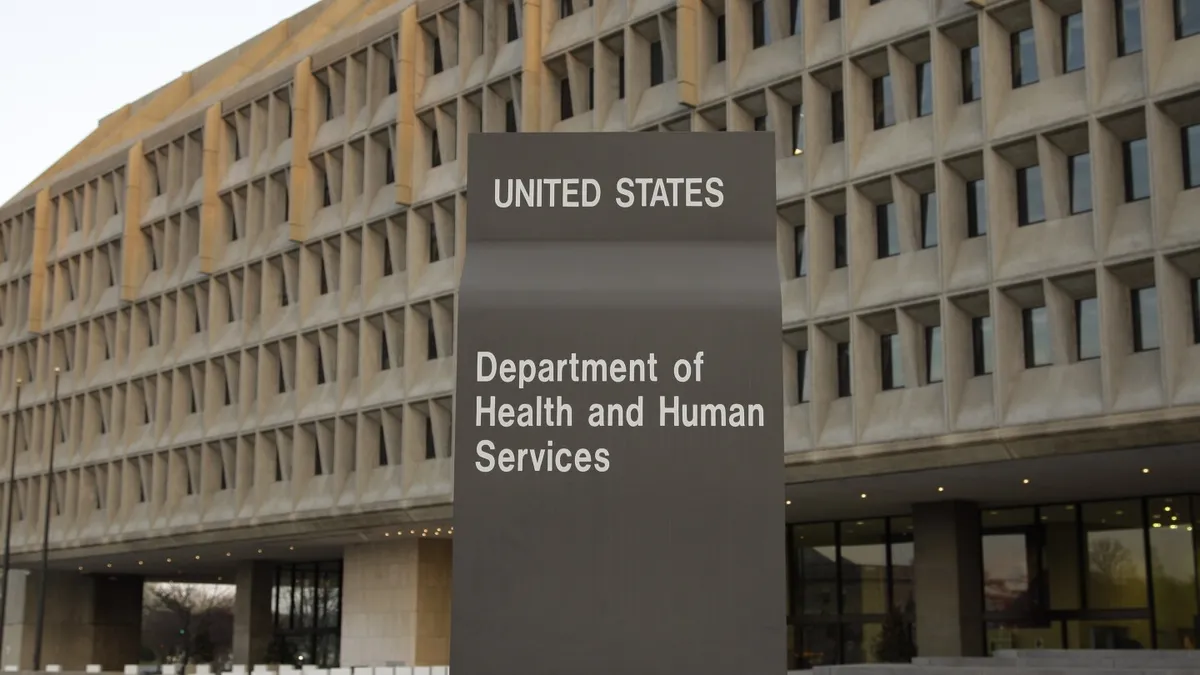
On Tuesday, employees at the U.S. Health and Human Services Department (HHS) began receiving notices of dismissal as part of a significant overhaul expected to result in the elimination of up to 10,000 positions. This announcement follows President Donald Trump's recent decision to revoke collective bargaining rights for workers at HHS and various federal agencies. The impending layoffs come alongside a broader plan introduced by Health Secretary Robert F. Kennedy Jr., aimed at restructuring the department responsible for monitoring health trends, managing disease outbreaks, conducting medical research, and overseeing health insurance programs that serve nearly half of the American populace.
Secretary Kennedy revealed a comprehensive strategy last week designed to streamline the HHS by consolidating several agencies that manage billions in funding for addiction services and community health initiatives. This new office, dubbed the Administration for a Healthy America, is expected to enhance efficiency in the department. However, the layoffs will significantly reduce the workforce at HHS to approximately 62,000 employees, effectively cutting nearly a quarter of its staff, including 10,000 positions lost to layoffs and another 10,000 attributed to early retirement and voluntary separation offers.
Senator Patty Murray of Washington has voiced her concerns regarding the extensive cuts, predicting that they will result in severe consequences for public health during natural disasters and outbreaks of infectious diseases, such as the ongoing measles crisis. “They may as well be renaming it the Department of Disease because their plan is putting lives in serious jeopardy,” Murray stated.
The layoffs at HHS are part of a broader trend affecting state and local health departments, which are beginning to experience cuts due to a recent decision to retract over $11 billion in COVID-19 relief funding. Local health officials are still evaluating the full impact, but many health departments have already identified hundreds of potential job losses. Lori Tremmel Freeman, CEO of the National Association of County and City Health Officials, remarked that some positions have been eliminated almost overnight.
Union representatives for HHS employees were notified that approximately 8,000 to 10,000 workers would face termination. The layoffs will primarily target roles in human resources, finance, procurement, and information technology, particularly in “high-cost” areas or positions deemed “redundant.” In a recent video, Kennedy characterized HHS as an inefficient “sprawling bureaucracy,” asserting that the department's $1.7 trillion annual budget has failed to enhance the health of Americans. “I want to promise you now that we’re going to do more with less,” he stated.
The HHS has provided a detailed breakdown of the anticipated job cuts, which include:
3,500 positions at the Food and Drug Administration (FDA), responsible for setting safety standards for food, medications, and medical devices. 2,400 positions at the Centers for Disease Control and Prevention (CDC), which is vital for monitoring infectious disease outbreaks across the nation. 1,200 positions at the National Institutes of Health (NIH), recognized as a leading institution for health and medical research. 300 positions at the Centers for Medicare and Medicaid Services (CMS), which oversees essential health care programs including Medicare and Medicaid.The situation is further complicated by an executive order signed by President Trump, which terminates collective bargaining rights for many federal agencies, including those within HHS and the CDC. This move has drawn sharp criticism from Democratic lawmakers, who argue it undermines the protections that federal employees have fought hard to secure. Representatives Gerald Connolly and Bobby Scott from Virginia condemned the action, stating, “This will only give Elon Musk more power to dismantle the people’s government with as little resistance from dedicated civil servants as possible.”
As the U.S. navigates these significant changes within the Health and Human Services Department, the long-term effects on public health and employee morale remain to be seen.